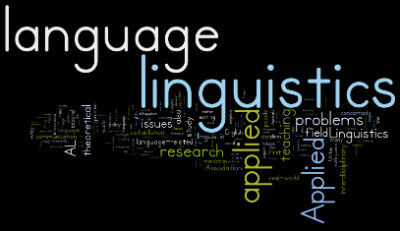

There are so many contributing factors to language that impact how and when it changes that it can be extremely difficult to track and completely understand what about the language is changing and why it’s changing.
Big data technology, like Hadoop Hive, is vital in assisting interested parties in gaining deeper and clearer insights into linguistics. It simplifies processes from weeks and months to seconds and minutes. It opens up possibilities that weren’t available before. Big data takes linguistics to the next level.
Many will ask, “but why does it even matter?” Understanding linguistics matters for numerous reasons, four of which will be addressed here. The most important reason, however, is that understanding how language is used enables us to communicate better and at deeper levels. It breeds better understanding across cultures and borders.
1. Education
Teachers from pre-school to graduate school will and are benefiting from the insights into linguistics provided by big data. A simple example is in a typical high school English class. Using fairly simple methods researchers can quickly understand which words are most often used by teenagers. From those findings, teachers can then decide which areas students need the most help with. It may be vocabulary or it may be grammar or something else. Either way, teachers can tailor their lessons extremely well for the needs of the students.
On a younger level it can help teachers better understand which words are commonly mispronounced or misspelled by young children. They can then easily implement that into their lessons.
2. App/OS/Game System Development
As today’s technology continues to develop and improve, the use of voice commands for phones, TV’s and game systems is going to continue to increase. With that in mind, it’s more important than ever that these developers understand the language that people will be speaking to their devices in order to ensure the highest level of responsiveness. Not only do they need to know the words that will be spoken, but they also need to understand how they will be spoken by different areas of the country and world. Not only do the developers work with English, but numerous other languages as well. For those creating new games for game systems, big data will also greatly enhance their ability to provide life-like speech and other speech-oriented aspects to their games and systems.
3. Language Learning
For those of you who’ve attempted to learn a language, you’ve probably had the experience of saying a word and having a native speaker inform you that, “no one uses that word.” It happens all the time, yet language learners continue to be taught those words. Better linguistic understanding can drastically increase not only what is learned in language learning, but also how it’s learned, assisting learners in learning more practical words in a shorter amount of time.
4. Understanding the Past and Looking to the Future
There is so much history to language. It’s been around for thousands of years and there are troves of information on it’s impact, development and evolution. While we may have a seemingly large amount of data currently, there are still extremely large amounts of data that, for a variety of reasons, havn’t been used or accessed yet. With big data technology, that information can be gathered and used to provide better insights into the past and future of language.
Big data’s impact on linguistics cannot be understated. The potential that it provides is incredible. It gives students of language amazing tools to assist the human family in becoming better communicators and aiding in understanding.
Image Source: Wikimedia